
00:00
/
00:00
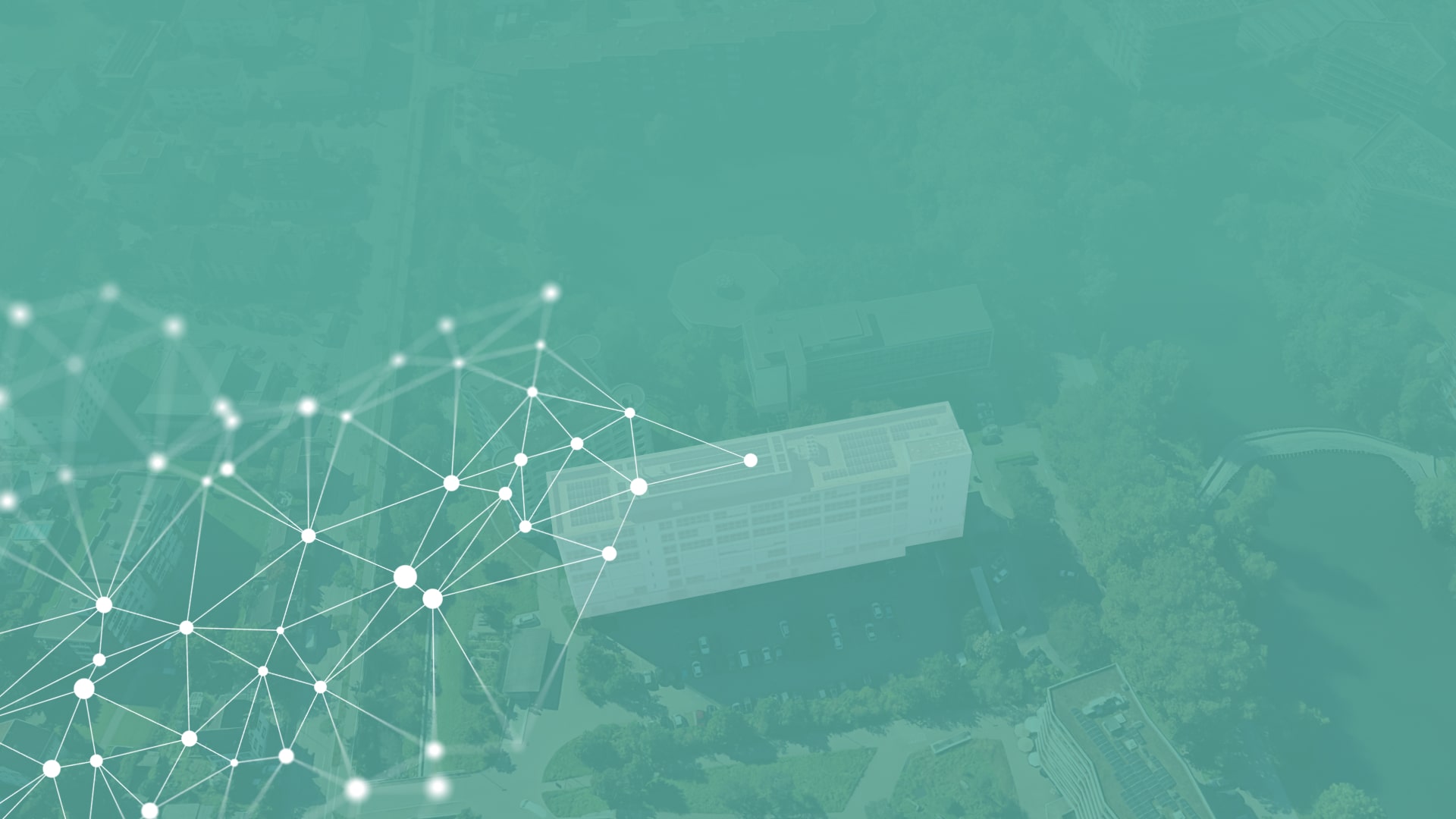
Buildings are living systems. Every day, they respond to shifting weather, changing schedules, and the needs of the people inside them. Yet even the smartest automation often reacts only after the fact. viboo adds a new layer of intelligence to buildings — one that learns from data, anticipates what’s coming, and keeps them efficient, comfortable, and future-ready.
At viboo, our mission is to give buildings something they’ve never had before: the ability to think ahead. We do this by bringing predictive intelligence to their energy systems, combining predictive control and machine learning to continuously plan the most efficient way to operate a building.
But what does “predictive intelligence” actually mean? In this article, our Senior Control Engineer Nicolas Lefebure explores the AI at the heart of viboo’s platform: a technology that is helping buildings to achieve greater efficiency, stability, and comfort than traditional rule-based systems ever could.
What predictive control and machine learning really means
Buildings are dynamic systems that face constantly changing conditions. Weekdays bring early starts and full occupancy; weekends stay quiet. One day it’s cloudy and heating is needed. The next day the sun breaks through, flooding the room with warmth. Meanwhile, energy prices rise and fall hour by hour, adding another layer of complexity for building operation. And that’s only the beginning — occupancy patterns, equipment limits, and comfort expectations all shift as well.
Predictive intelligence transforms this complexity into smarter decisions. With it, the system can forecast what’s coming, learn how the building behaves, and continuously optimize actions. Here are three key reasons why this technology makes that possible:
- Balancing between conflicting objectives: building operation is a constant act of juggling competing goals: maximize occupant comfort while minimizing economic and environmental costs. By taking just one goal into account, the other suffers: switching off the heating is perfect for saving money and CO₂, but it leads to people being cold and uncomfortable. Predictive control finds the optimum between these conflicting goals by explicitly optimizing both within a single objective.
- Anticipating real-world constraints: buildings come with hard limits — from comfort bounds on room temperatures to equipment capabilities. For example, a gas boiler has a minimum and maximum output, heat pumps have ramp rates, and valves and dampers can saturate. Predictive control anticipates these constraints and plans ahead, keeping operation both efficient and safe.
- Learning the building behavior: buildings are high-inertia systems, which makes them difficult to control with pure feedback controllers. For instance, between the time a heat pump is switched on, and heat is distributed via a floor-heating system, and the time the room temperature changes due to that heat, there is often a delay of several hours. So, when do you need to switch on your heat pump if you want it to be 20 °C in your living room at 8 in the morning? At 6am? At 5am?
With machine learning, the system learns and continuously updates its understanding of the building’s thermal inertia, while the predictive controller uses that learned model to “look ahead” and turn on the heat pump at exactly the right time.
The result: in both academic studies and field deployments, predictive control often yields more than 20 % energy savings compared to conventional feedback control — while improving comfort.
How viboo’s predictive control works
This intelligence is brought to life in viboo.optimise — our self-learning predictive control solution that continuously improves comfort and energy efficiency in real buildings. Sounds complex, so how does it work?
- Sense the building states: First, the current state of the building is measured through its network of sensors. It “listens” to what is happening inside — capturing room temperatures, valve positions, wall and surface temperatures, and the current operating modes of appliances. These real-time measurements give viboo’s intelligence a snapshot of how the building behaves, forming the foundation for the predictive decisions that follow.
- Get forecast disturbances: Next, the system looks ahead — beyond the walls of the room — to understand what’s coming. In this step, it gathers external or forecasted information such as weather data (ambient temperature, solar gains, and wind from meteorological stations), occupancy patterns and schedules, and energy-tariff forecasts.
All these factors strongly influence how the building behaves and should behave. viboo’s intelligence uses them as forward-looking inputs to plan actions before conditions actually change. - Understand & simulate the building behavior: Once the system has a clear picture of the current conditions, it starts to understand how the building actually reacts. Using all historical measurements and forecast data, a physics-informed model of the building is created. This model will give viboo.optmize the ability to predict how the building will respond to control actions under different conditions.
- Optimize the next hours: Using the current state, forecasts, and the physics-informed model, the system determines the most efficient actions for the hours ahead. An optimizer evaluates countless possible control strategies, guided by a specific goal — often called a “cost function” — that balances energy cost and comfort. In this way, the best possible way to operate the building can be found, achieving both efficiency and comfort in perfect balance.
- Act, then re‑plan: After the optimal solution is identified, the system implements it through the building’s actuators Moments later, new data is collected, forecasts are updated, and the process begins again from the first step. This creates a continuous closed-loop cycle in which the building is constantly monitored, adjusted, and optimized — always operating at its best.
From prediction to performance: viboo.optimize in action
The first implementation of viboo’s technology was room-level control with smart thermostats. The graph below illustrates how predictive control preforms in practice - comparing a fixed analogue thermostat (black) with viboo’s self-learning predictive control (yellow), and highlights energy savings.
- Smart pre-heating before occupancy (~08:00): thanks to machine learning, viboo learns how long the building needs to warm up and ramps the heating precisely so that comfort (≈20 °C) is reached exactly when people arrive — not earlier, not later.
- Night setback (~17 °C): when the space is unoccupied, the system allows temperatures to drift down naturally to an efficient setback level, avoiding unnecessary heating while maintaining comfort boundaries.
- Anticipation of “free energy” (next morning): if solar gains or warmer weather are expected, viboo pre-heats less, letting the environment do part of the work. The result is a smoother temperature curve around the setpoint and lower energy use — comfort achieved with less effort.
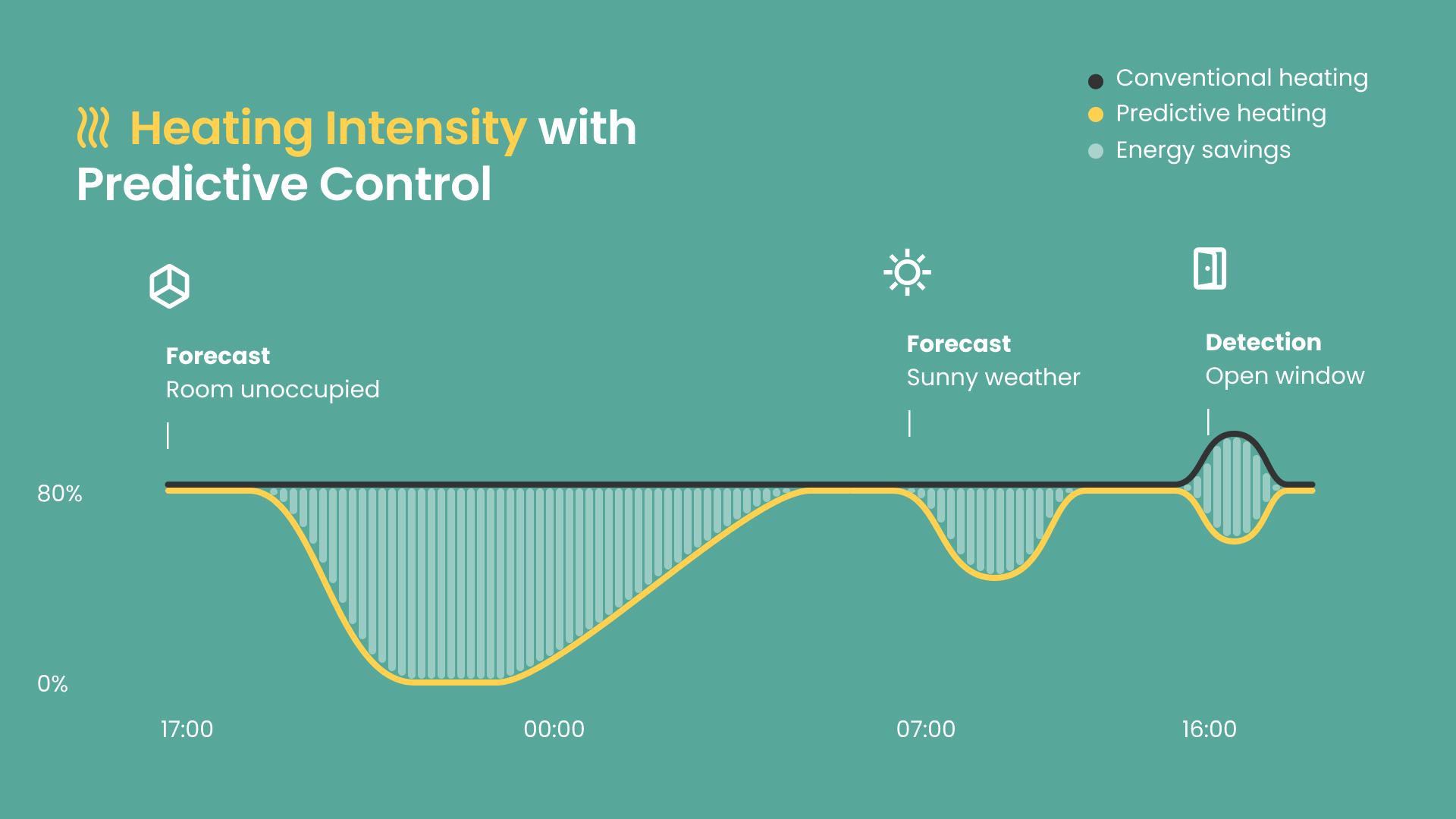

This real-world example shows how prediction turns into measurable performance — smarter heating, lower costs, and steady comfort every day.
Beyond room-level control
Room-level thermostat control is the just the beginning. viboo's technology has the potential to bring a wide variety of features such actionable insights, diagnostics, and extended control to more devices and systems. Together these capabilities bring greater comfort and lower energy use. Here are a few examples of what becomes possible:
Richer insights:
- Occupancy inference & schedules: by combining humidity, actuator behavior, and CO₂ or motion data, viboo recognizes when people are present — even if schedules change — and adapts heating.
- Energy waste detection: the system spots sudden temperature drops that signal an open window or unexpected heat loss and reacts instantly, reducing unnecessary heating and saving energy in real time.
Control beyond thermostats:
- Central coordination: viboo’s predictive control connects boilers, heat pumps, and thermal storage into one coordinated system. Instead of competing, they work together — balancing loads, timing, and efficiency for the best overall result
- Hydronic optimization: by predicting demand across multiple zones, viboo fine-tunes heating curves automatically, minimizing distribution losses and improving system performance.
Continuous diagnostics & maintenance:
- Comfort drift & anomaly alerts: Detect when zones regularly miss temperature setpoints (over-/under-heating) and understand the root causes.
- Hydronic balancing: use learned valve behavior and thermal response to detect imbalances and propose actionable maintenance solution.
These are just some of the possibilities that predictive intelligence unlocks. As viboo.optimise scales from units to entire buildings and portfolios, the potential for efficiency and sustainability grows exponentially - all with a easy to implement measure.
With this technology, real estate portfolios are managed. With viboo, building owners and operators gain real-time insight, lower operational costs, and more comfortable spaces — all through self-learning control that keeps improving over time. Partner with us to make your properties smarter, more efficient, and future-ready. Get in touch with us here.
Weitere Artikel
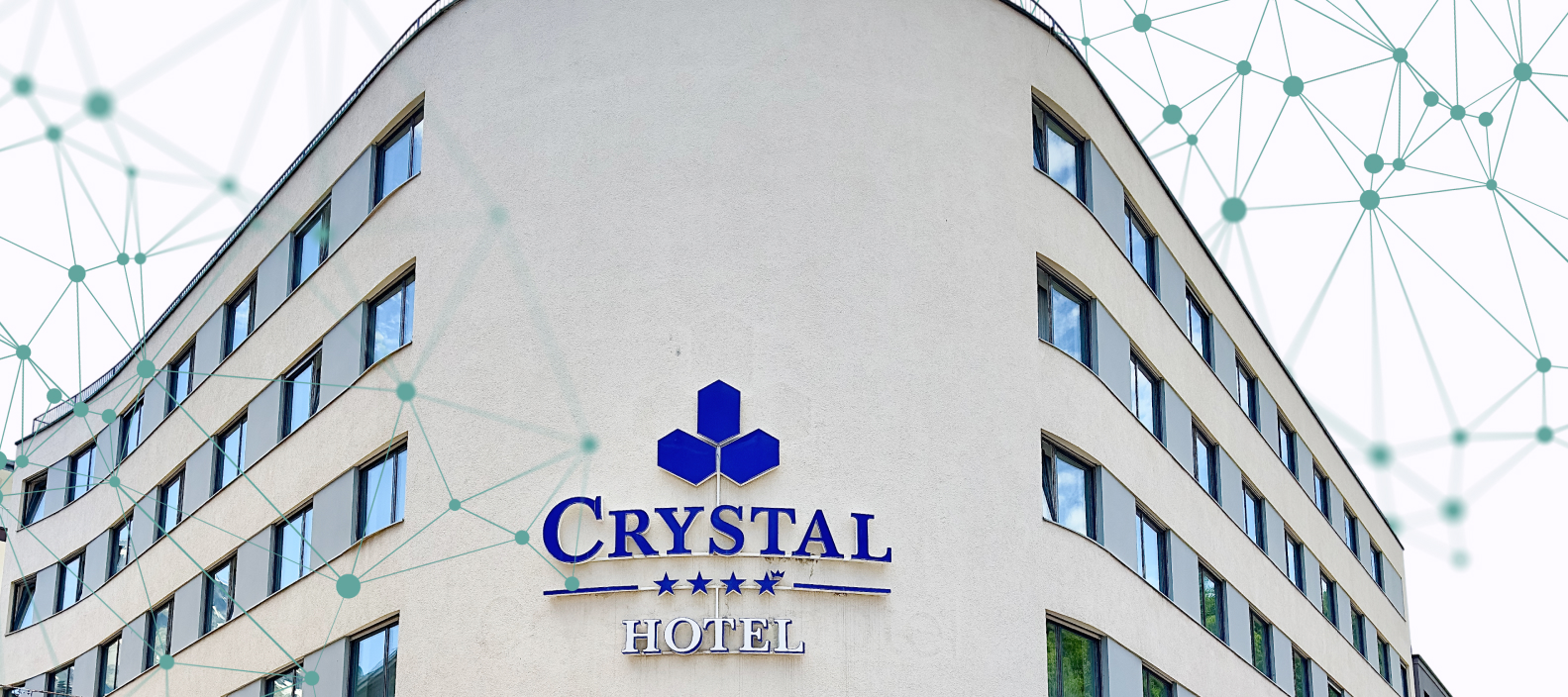
Efficient and sustainable heating solution at Hotel Crystal in St. Moritz
Hotel Crystal St. Moritz saves around 20% of heating energy with viboo & Siemens — less CO₂ emissions, more comfort and sustainable hotel management.

Increasing energy efficiency in existing buildings: The partnership between Wattsense & viboo
viboo and Wattsense optimize existing buildings with predictive heating control and gateway technology — saving over 20% of energy without loss of comfort.

Why saving energy in existing commercial real estate is now a strategic necessity
Smart heating control lowers costs, increases efficiency and makes existing commercial buildings fit for ESG, sustainability goals and investor requirements.

viboo among the Top 10 PropTechs in Europe
viboo was recognized by Builtworld and PwC Germany on the PropTechMap 2025 — achieving the highest score in the “Building Operations / FM Tech” category and securing a place among the Top 10 PropTechs in Europe.
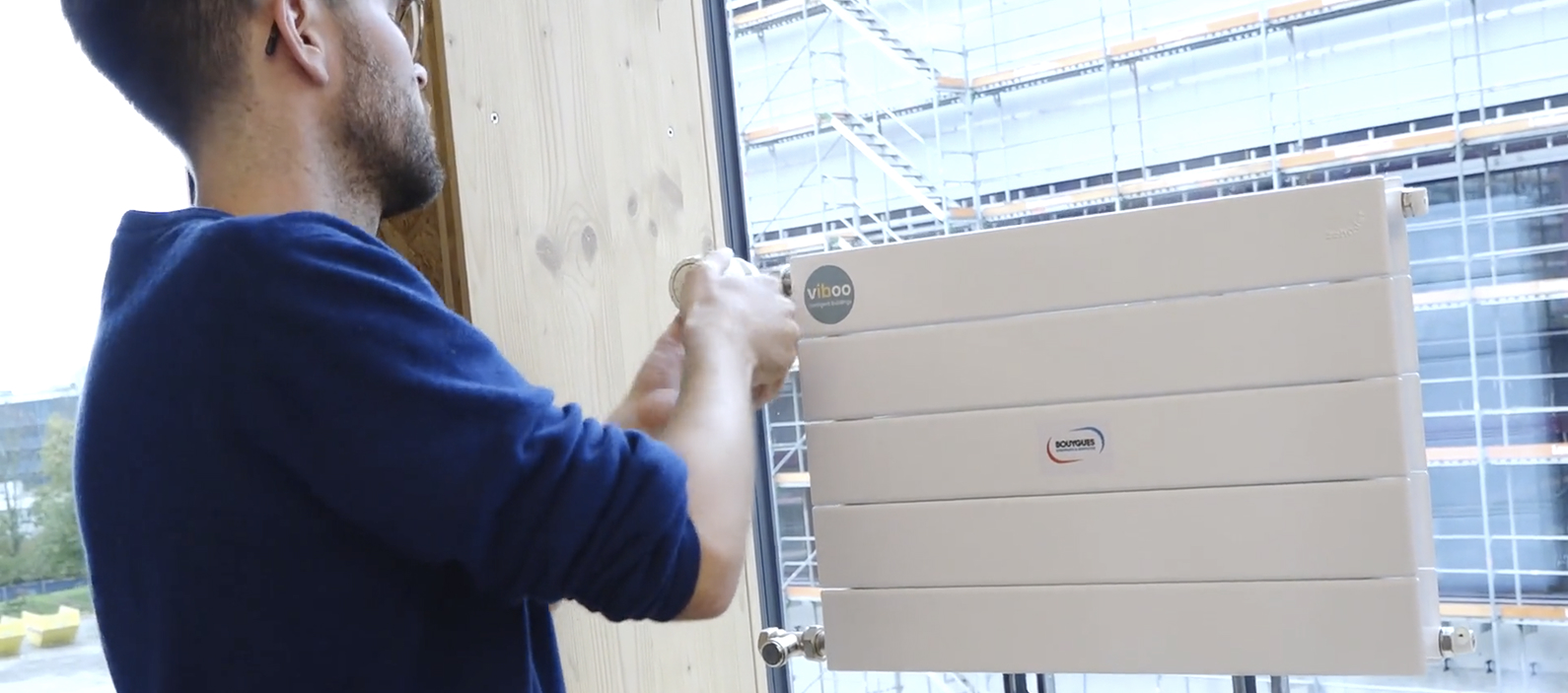
BLICK: Schweizer Jungunternehmer im Kampf gegen steigende Heizkosten
Viboo wurden vom Blick vorgestellt, der mit 472'000 Lesern pro Tag meistgelesenen bezahlten Zeitung der Schweiz.
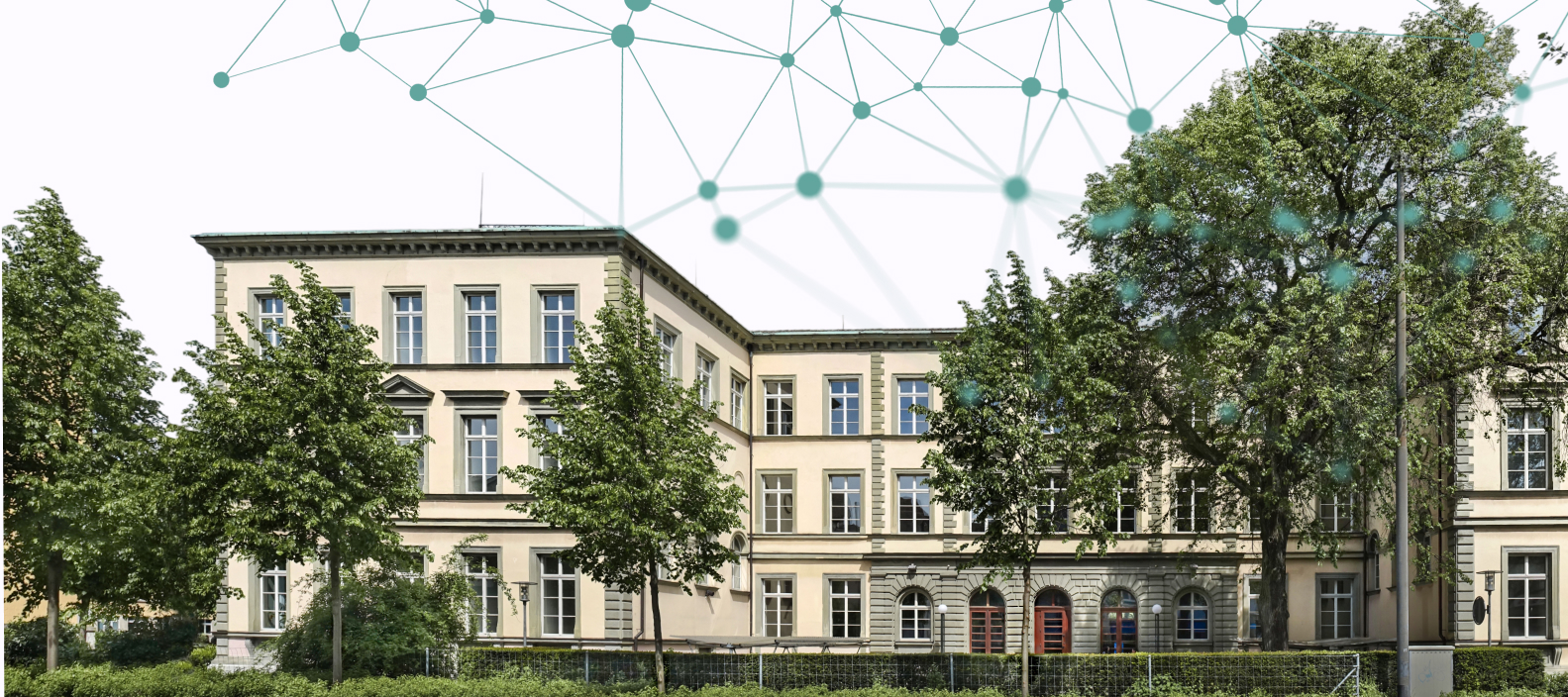
Case study: Transforming energy efficiency in the city of Schaffhausen with viboo
With viboo Predictive Control, Smart City Schaffhausen reduces energy consumption in the Bach school building by 22% and saves 13 tons of CO₂.
Ready to take the next step for the climate?
Find out how viboo can make your buildings more energy efficient — contact us today!
